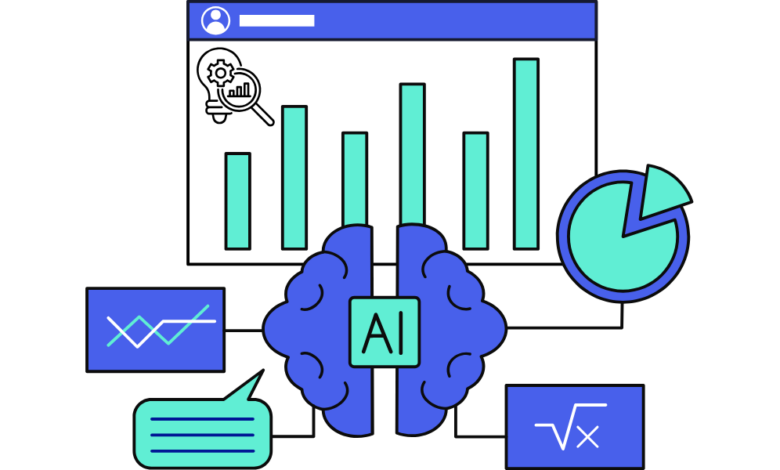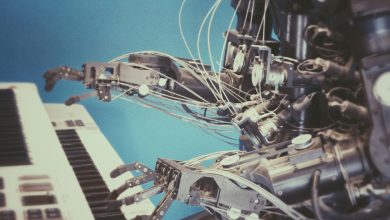
In an age where cyber threats evolve at an unprecedented pace, enterprises are increasingly turning to artificial intelligence (AI) to fortify their defenses. AI promises to detect anomalies faster, automate responses, and reduce the strain on security teams. But is it truly ready to take on the responsibility of safeguarding sensitive data and critical infrastructure at the enterprise level?
To explore this question, we spoke with Udit Patel, a cybersecurity expert known for his role in preventing a major security incident at a Fortune 500 company. His experience highlights both the potential and the limitations of AI in enterprise security.
AI in Enterprise Security: Current Landscape
Several enterprises have already integrated AI-driven tools into their security operations. From AI-powered Security Information and Event Management (SIEM) systems to predictive threat intelligence platforms, the technology is rapidly becoming a staple. Companies like IBM, Microsoft, and Palo Alto Networks offer AI-driven solutions designed to detect threats that traditional systems might miss.
“AI excels in pattern recognition and anomaly detection,” says Udit. “It can identify threats by sifting through massive datasets in real-time, something that would take human analysts days to accomplish.”
However, while AI can enhance detection, it doesn’t come without its challenges.
The Challenges of AI in Security
Udit points to several key hurdles:
- False Positives and Over-Alerting – “AI systems can sometimes overwhelm teams with alerts, many of which turn out to be false positives. It takes time to fine-tune the models to distinguish between legitimate threats and benign activities,” he notes.
- Lack of Context – AI may lack the contextual understanding that experienced security analysts possess. “AI can flag suspicious behavior, but it may not understand the broader business context or operational nuances that differentiate a genuine attack from a misconfigured system,” Udit explains.
- High Implementation Costs – Deploying AI at scale requires significant investment. Enterprises must train models on their specific environments, which can be both time-consuming and costly.
A Real-World Case Study: When Automation Beat the Clock
Udit recalls a critical moment when automation, not AI, saved his company from a major security incident. During a penetration test, his team discovered over 200 firewalls with high-risk vulnerabilities. The company had just five days to patch them, or risk regulatory fines and operational disruptions.
“Manual patching wasn’t feasible. We automated the process, cutting down 100 hours of work to less than 10. AI wasn’t the answer in this case — automation with human oversight was,” he shares.
While AI has transformative potential, Udit emphasizes that AI should complement human expertise, not replace it. “There are situations where AI shines, such as detecting zero-day vulnerabilities or analyzing large datasets for patterns. But when speed and precision are critical, automation guided by experienced professionals can often outperform AI.”
Where AI Fits Best
According to Udit, AI is most effective in areas like:
- Threat Detection and Prediction – AI can identify patterns that indicate future attacks.
- Incident Response – AI can suggest response actions based on historical data.
- Phishing Detection – AI models are adept at recognizing phishing attempts by analyzing email content and user behavior.
However, for tasks requiring immediate action or nuanced decision-making, human oversight remains indispensable.
AI and the Future of Enterprise Security
Looking ahead, Udit believes AI will play an increasingly significant role but must evolve to address current limitations. “We’re heading toward AI-driven autonomous security systems, but we’re not there yet. The key is to invest in AI while maintaining robust human-led processes.”
For enterprises considering AI adoption, Udit offers practical advice:
- Start Small – Deploy AI in less critical areas first to test its capabilities.
- Focus on Integration – AI should seamlessly integrate with existing security infrastructure.
- Continuous Learning – AI models must be continuously updated to keep pace with evolving threats.
Conclusion
AI is undoubtedly a game-changer in enterprise security, but it isn’t a silver bullet. As Udit Patel’s experience demonstrates, blending AI with automation and human expertise is the most effective approach to navigating today’s complex threat landscape. Enterprises that strike this balance will be better positioned to defend against the cyber threats of tomorrow.



